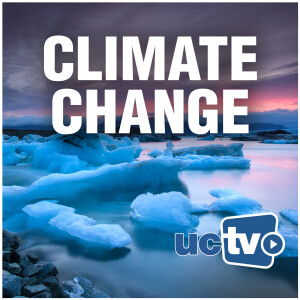
Using carbon dioxide removal (CDR) strategies to mitigate climate change is a land-intensive endeavor. To capture one gigatonne of CO2 through direct air capture requires a facility & energy production footprint of at least hundreds, but potentially tens of thousands of square kilometers. To capture one gigatonne of CO2 via reforestation requires about 862,000 square kilometers of arable land (nearly the size of the Kalahari Desert). We currently release about 40 gigatonnes of CO2 into the atmosphere every year, so…do the math.
And land that is allocated for CDR must compete with other land use claims: for urbanization, agriculture, biodiversity, and renewable energy technologies.
But what if our perspective was slightly… more aqueous?
Oceans, which make up 70% of the Earth’s surface, already absorb more than 10 billion tonnes of CO2 annually. Would it be more effective to sequester CO2 in the oceans, rather than on land? If so, how would we facilitate increased ocean CO2 uptake safely? What processes and technologies exist today, and how well do we understand them? Series: "Climate Solutions " [Science] [Show ID: 38190]
view more
More Episodes
Social Cost of Carbon
 2022-05-30
2022-05-30
 2022-05-30
2022-05-30
Carbon Dioxide Removal
 2022-05-30
2022-05-30
 2022-05-30
2022-05-30
California's Path to Carbon Neutral
 2022-05-06
2022-05-06
 2022-05-06
2022-05-06
0123456789101213141516171819
Create your
podcast in
minutes
- Full-featured podcast site
- Unlimited storage and bandwidth
- Comprehensive podcast stats
- Distribute to Apple Podcasts, Spotify, and more
- Make money with your podcast
It is Free
- Privacy Policy
- Cookie Policy
- Terms of Use
- Consent Preferences
- Copyright © 2015-2024 Podbean.com





